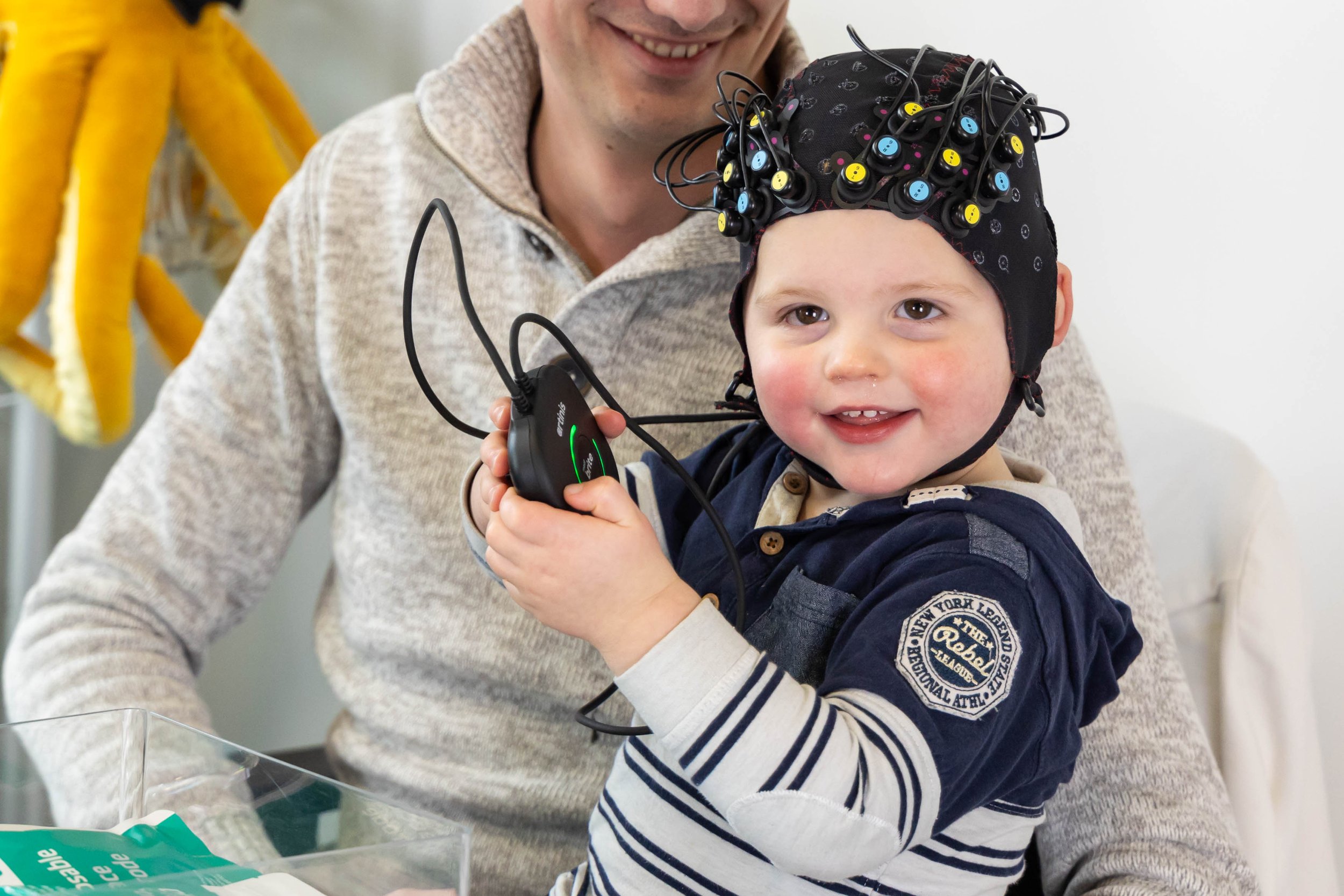In Artinis NIRS blog, you will find the latest trends in (f)NIRS, NIRS studies and applications, tutor from the leaders of near infrared spectroscopy, not to mention detailed insights and tips and tricks for your research!
Search blog post topic

Comparison of fNIRS with other neuroimaging modalities – fNIRS vs. fMRI
fMRI is widely used and seen as the gold standard in non-invasive in-vivo brain imaging. However, due to its technology, it is comes with certain limitations in participant groups and experiments. fNIRS is portable, easy to use and can be applied in subjects of all ages. Hence, it can provide a valid alternative to fMRI in many applications. In this blogpost we discuss advantages that fNIRS has over fMRI, considerations that should be kept in mind and we highlight literature using fNIRS and fMRI to compare, or get complementary information.

Using a customized Brite during diving - a blogpost interview with Triton Systems, Inc.
As it is portable, customizable and easy to use, fNIRS can be applied to measure brain activity in various and unusual applications. In this blogpost, we interview Triton Systems, Inc., who modified the Brite to make it waterproof and use it to get insights on brain oxygenation during deep water diving. They explain challenges they faced during modification, and give insights into first results of applying fNIRS during diving.

Publication overview 2024 - fNIRS studies with our devices
In 2024, an increasing number of relevant literature measuring brain activity with our fNIRS devices have been published. In this blogpost, we discuss application fields and purposes of using fNIRS to measure in the brain, and highlight exciting studies published in the last year with Artinis devices per category. Further, we show recent publications using our devices in naturalistic settings outside of the lab.

The Advantages of Combining fNIRS and EEG for Brain Monitoring
It is widely recognized that combining fNIRS and EEG can lead to a better understanding of brain activity by improving temporal and spatial resolution. However, the positive effects of simultaneously using both modalities go way beyond this advantage. In this blogpost, we highlight further benefits of applying the fNIRS-EEG combination to assess brain function in cognitive states.

Using fNIRS to explore neurocognitive aging: An interview with Dr. Claudia Gonzalez
Neurocognitive aging explores how aging affects cognitive functions like memory, attention, and problem-solving, which vary widely across individuals. Dr. Claudia Gonzalez, PI of the ABC Lab, leads research focused on understanding the neural and cognitive changes in aging adults. In this interview, Dr. Gonzalez shares her insights and discusses how fNIRS plays a role in advancing our understanding of how aging influences brain function and behavior.

Which experimental designs to use in fNIRS — Introduction
This is the introduction post of our blogpost series on experimental designs in fNIRS. In this blogpost, we explain what fNIRS measures, which general considerations have to be considered, and which frequent experimental setups we have for fNIRS.

Using fNIRS to study infants and babies brain – exploring a Brite mind
In the first years of life, the brain shows the fastest and most significant growth. This time period is also crucial for discovering the onset of cognitive deficits and several neuropsychiatric disorders. Hence, proper brain development in infants builds the foundation for a successful and healthy future as an adult.

Artinis Literature Overview 2019 - Brain research
We are very proud to see our equipment used in a wide range of scientific research and continue to be inspired by the bright scientists who are our customers. Perhaps the biggest takeaway from all the publications last year is the fact that NIRS is no longer navel-gazing as a research field on its own, but it has reached out and found a new audience as a versatile research application that, even more than fMRI, is being used in more and more parallel fields. Here, we highlight some of the noteworthy elements of 2019’s publications.

Artinis at the Organization for Human Brain Mapping
At the OHBM conference, we had multiple people with previous NIRS experience ask us if you could really get a good signal with a wearable device on adults. We offered them the chance to try it out themselves; a quick setup resulting in a good signal within minutes quickly dispelled their initial doubts. Seeing is believing!

Using fNIRS to study emotions in virtual reality environments
Have you ever watched a horror movie or read a really gripping thriller that made you skip a beat or two at the climax? If you know what I’m talking about, then we can agree on something: our minds are connected to our bodies in such a way that the emotions we experience cause physiological changes on us.

Submersible NIRS: a very wet lab...
In 2016 dr. Chris McKnight approached Artinis with the idea to measure NIRS under water on wild animals. Initially there was some skepticism, since our devices are not intended to be taken underwater, let alone on a wild animal. However, we really liked the challenge and together with the Sea Mammal Research Unit (SMRU) of the University of St. Andrews we created a submersible NIRS-sensor specifically for the seals.

How NIRS is used in brain-computer interfaces
Imagine a person wearing a Brite and playing a demanding video game. This video game is difficult, and the mental workload is increasing drastically. Changes in blood volume, or hemodynamic changes, which are associated with the increase in workload is registered using the Brite. This blog will expand on how a NIRS-based BCI works and what researchers have made possible using NIRS-based BCI.
